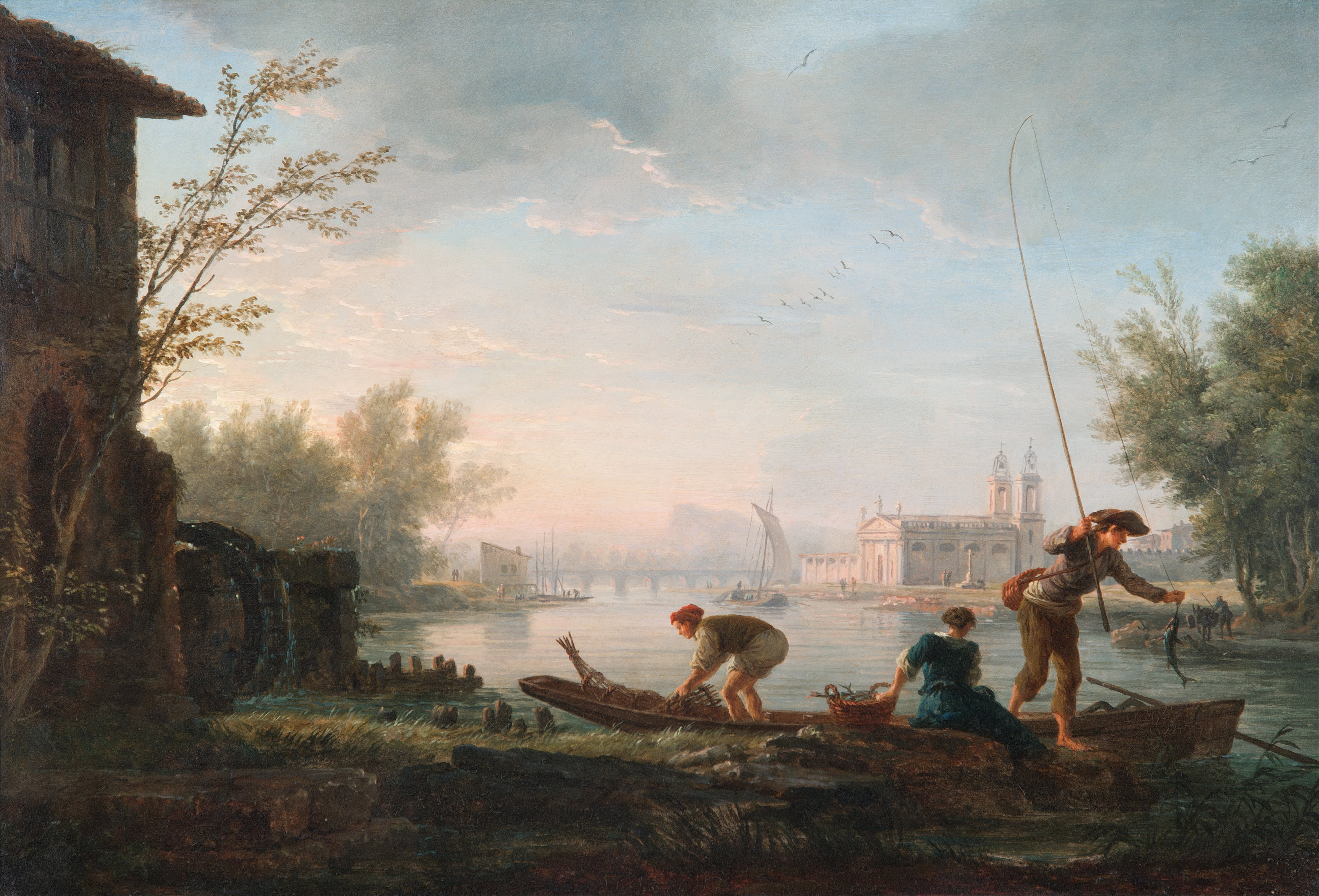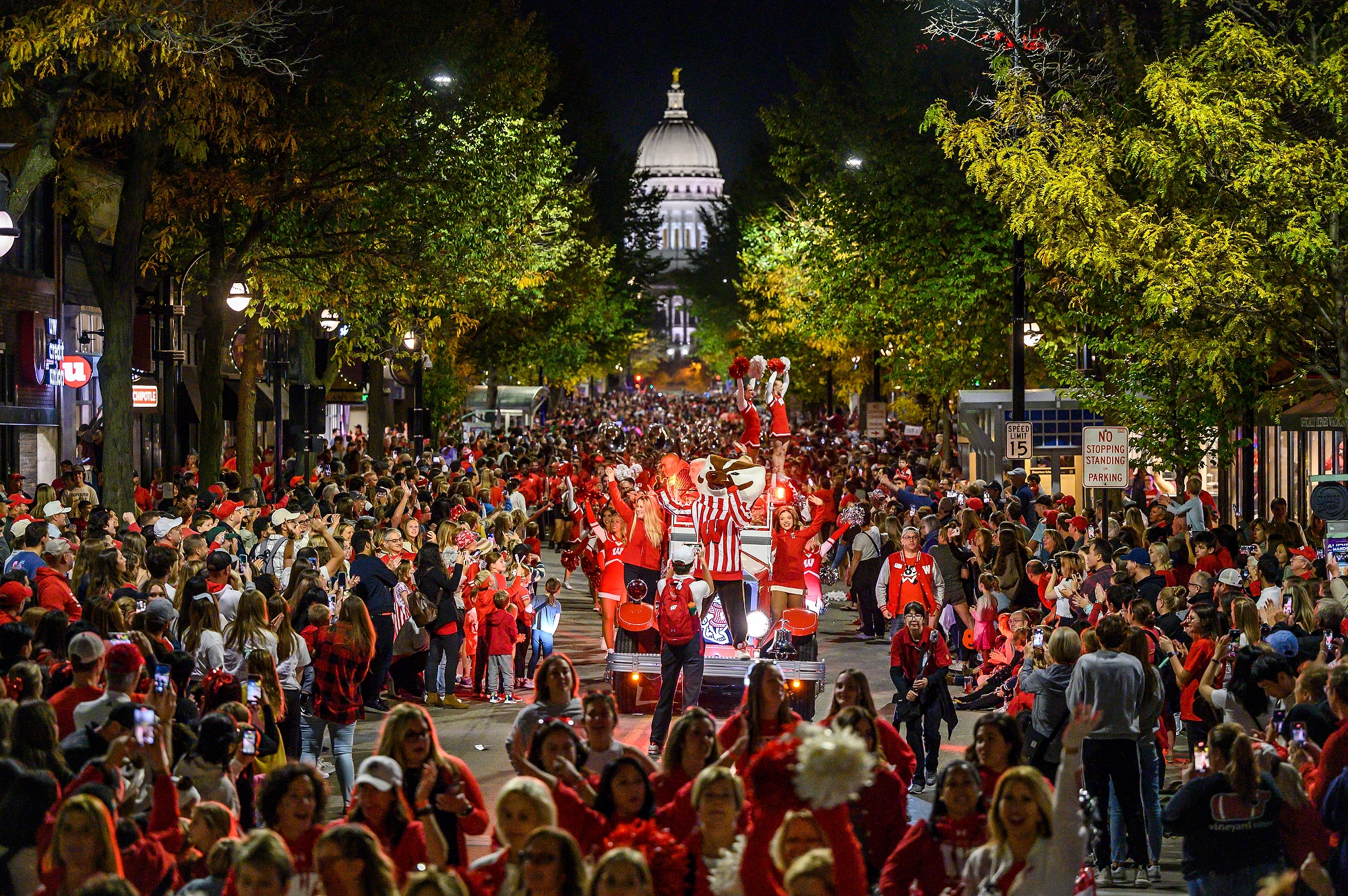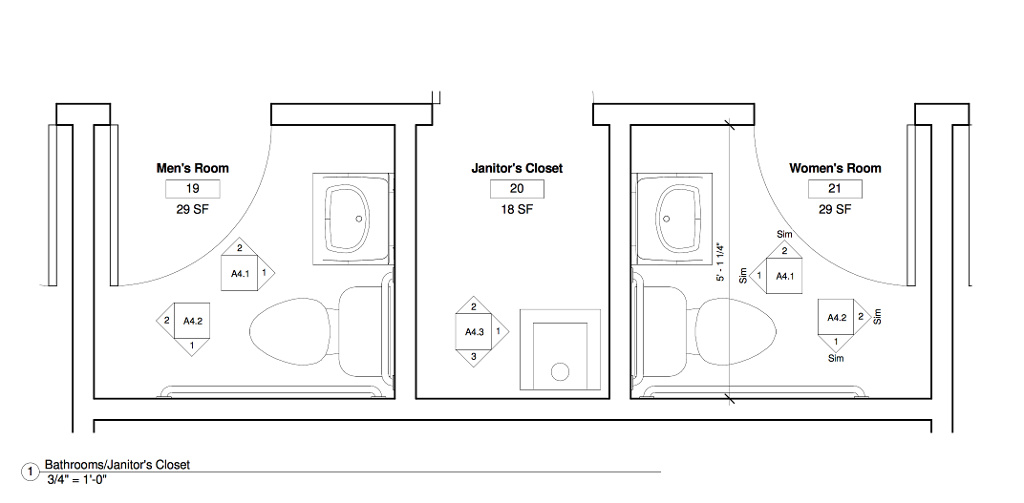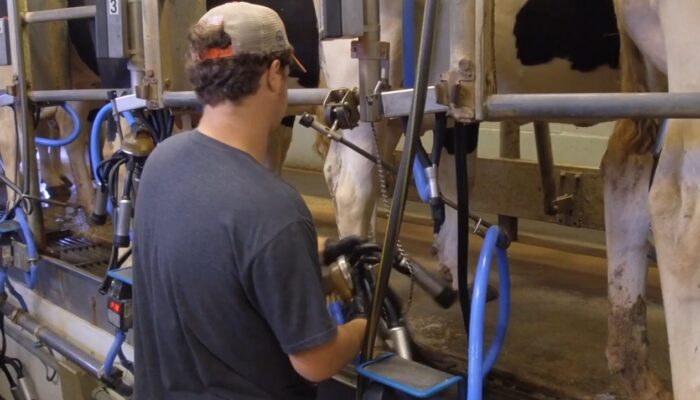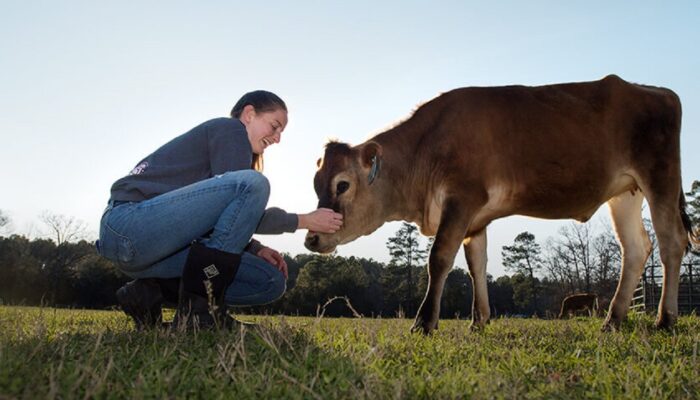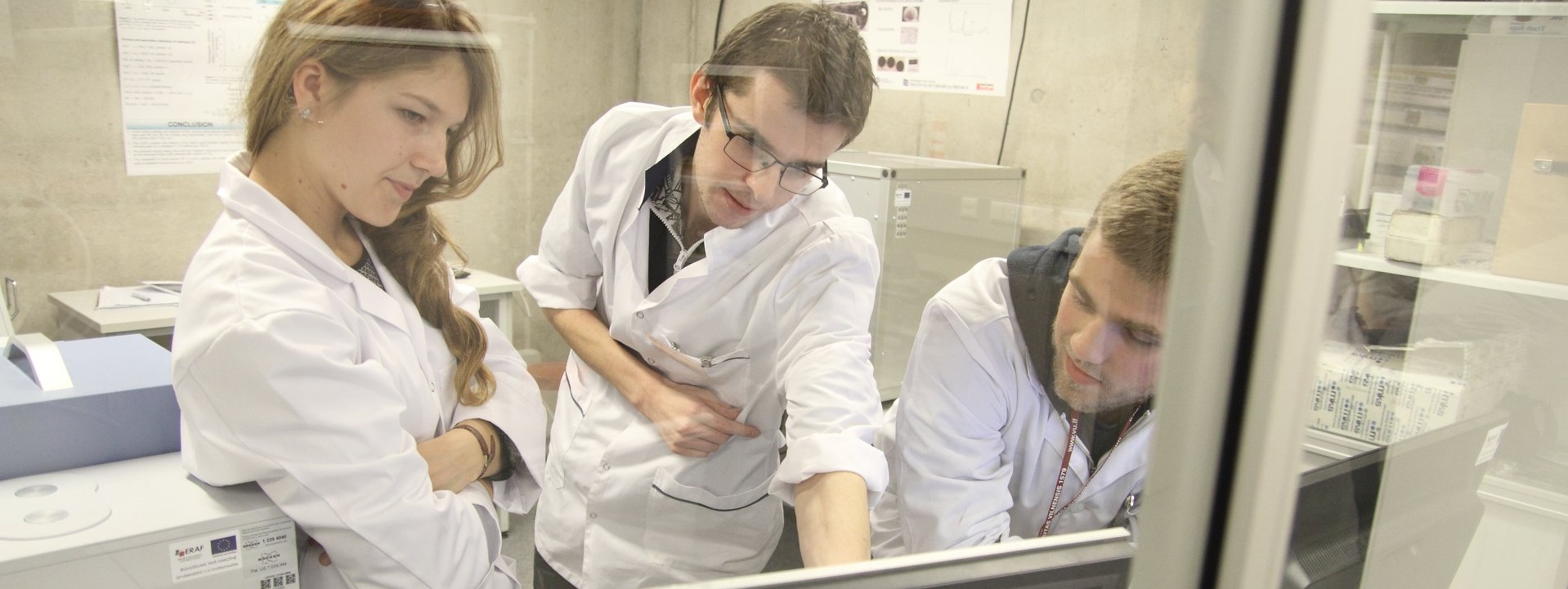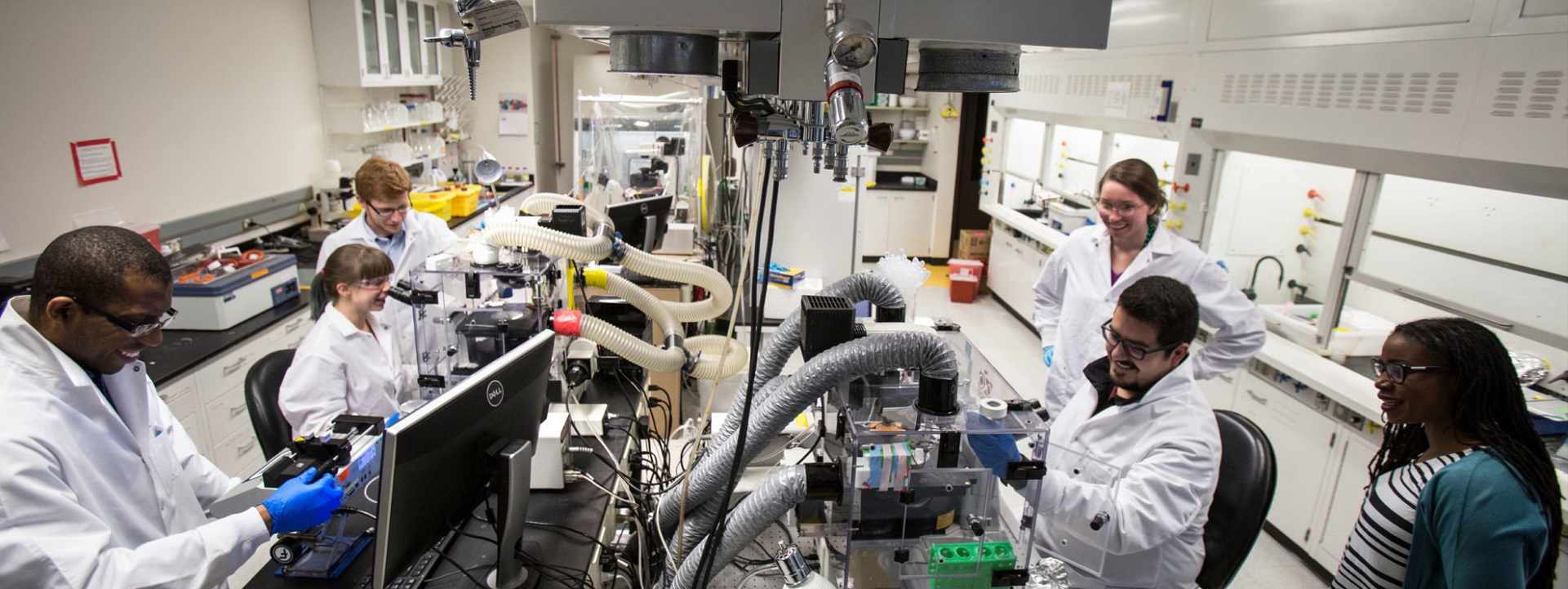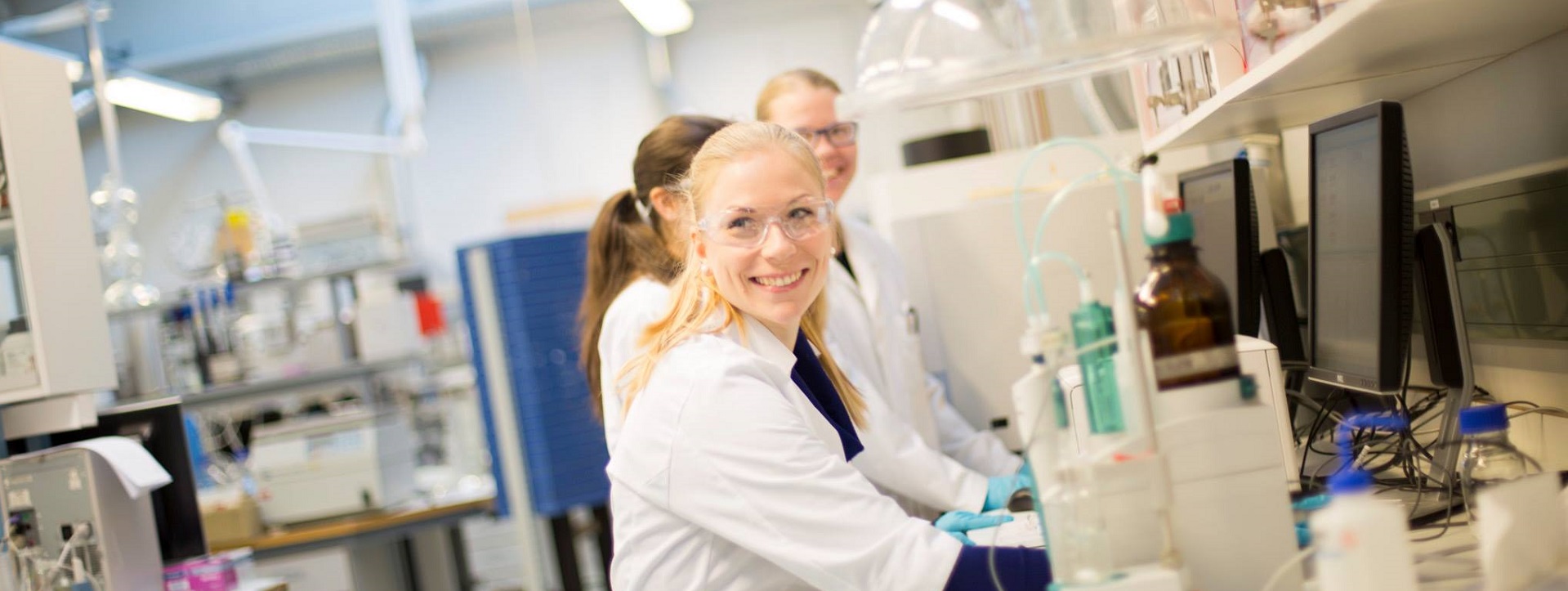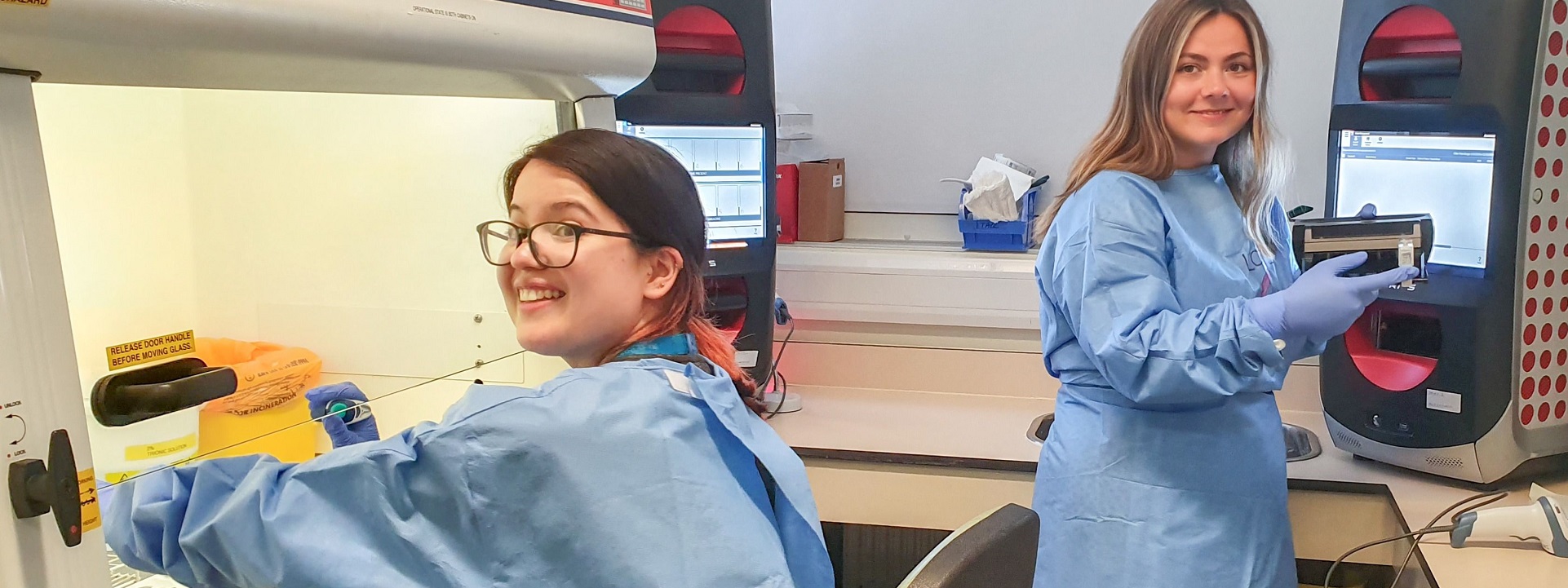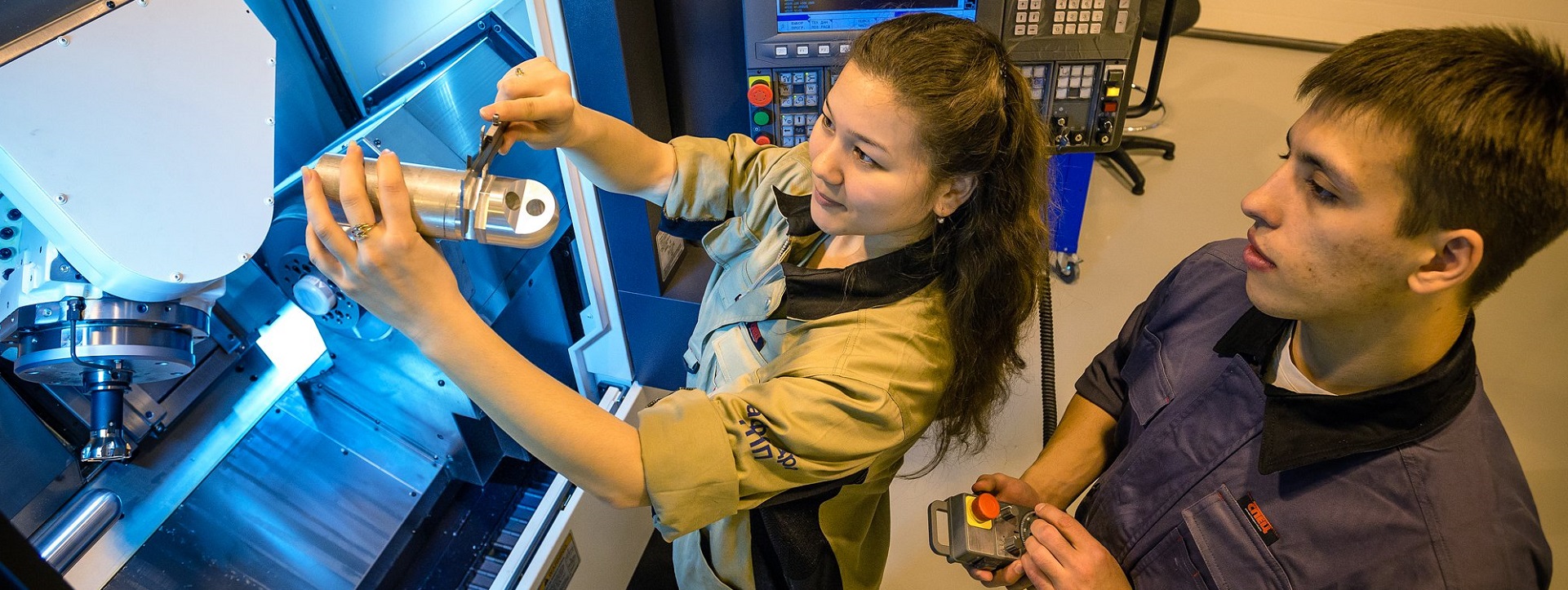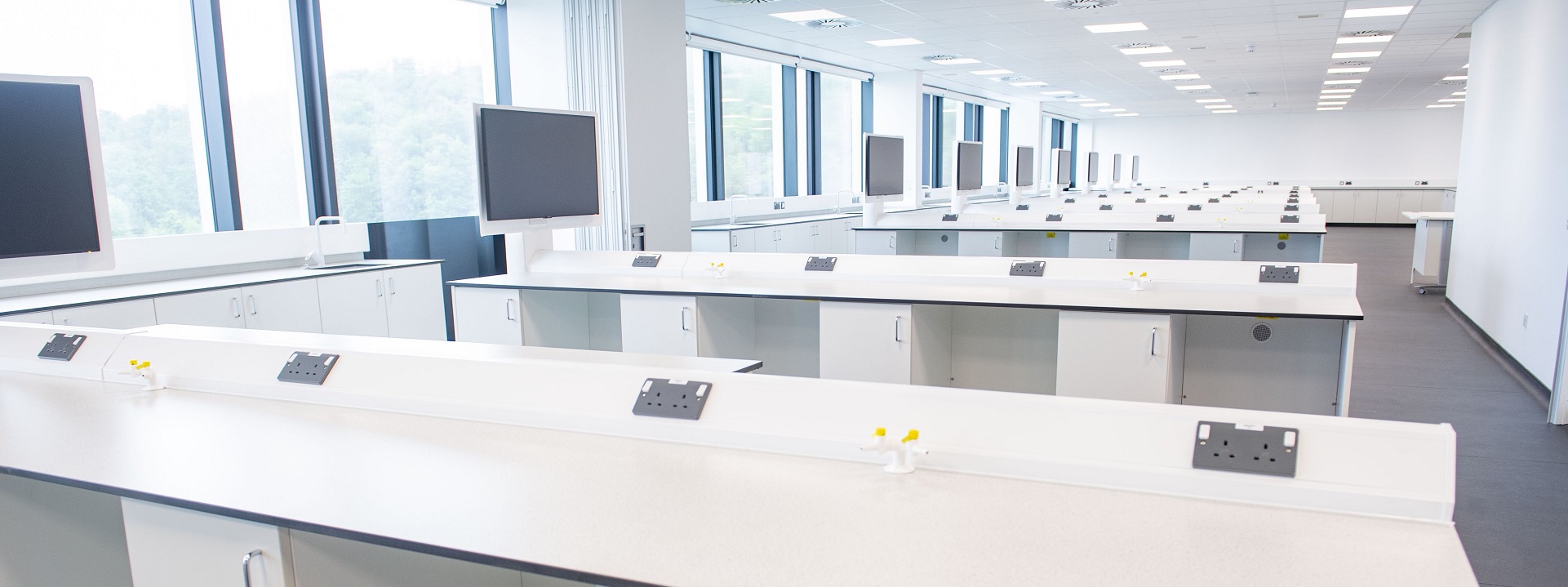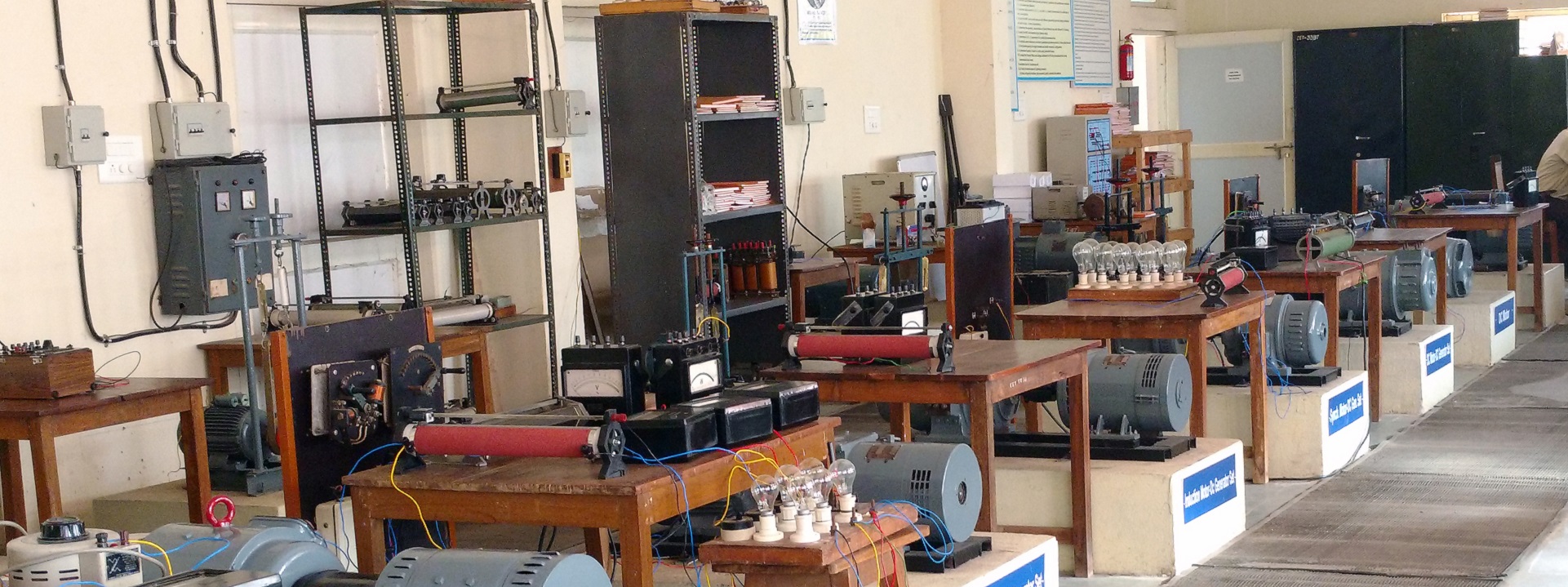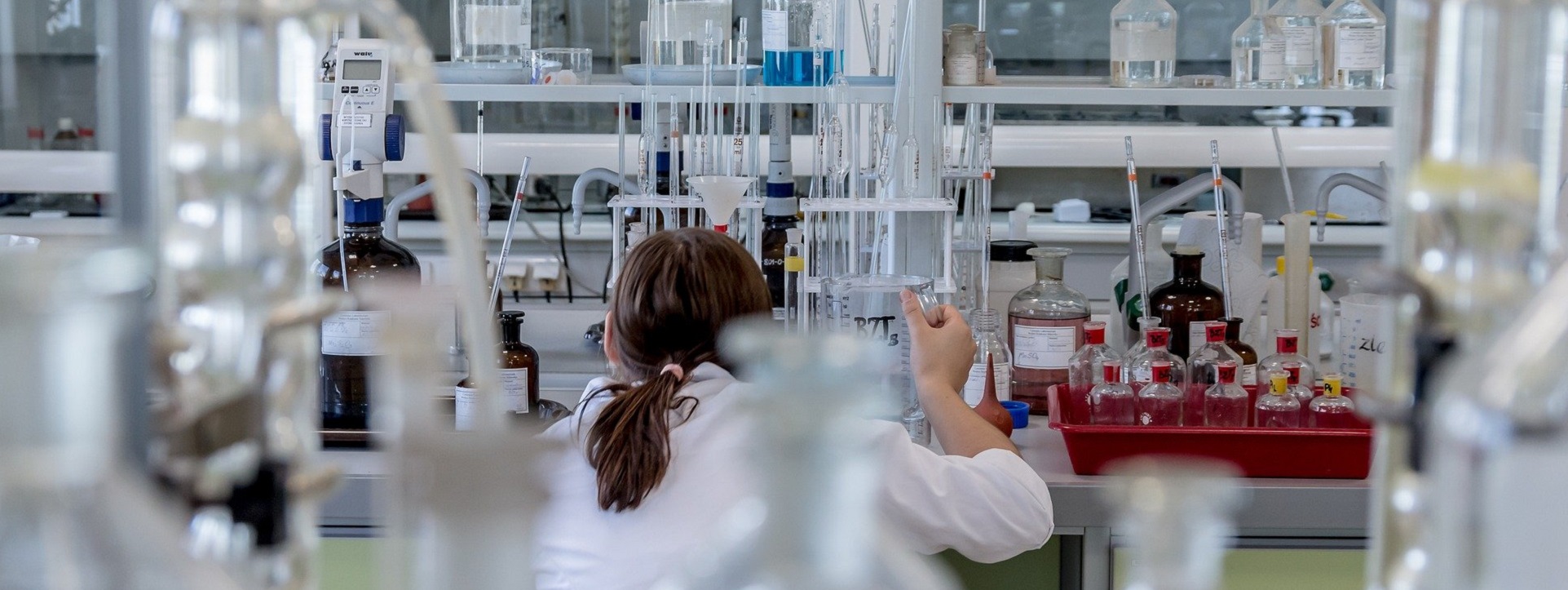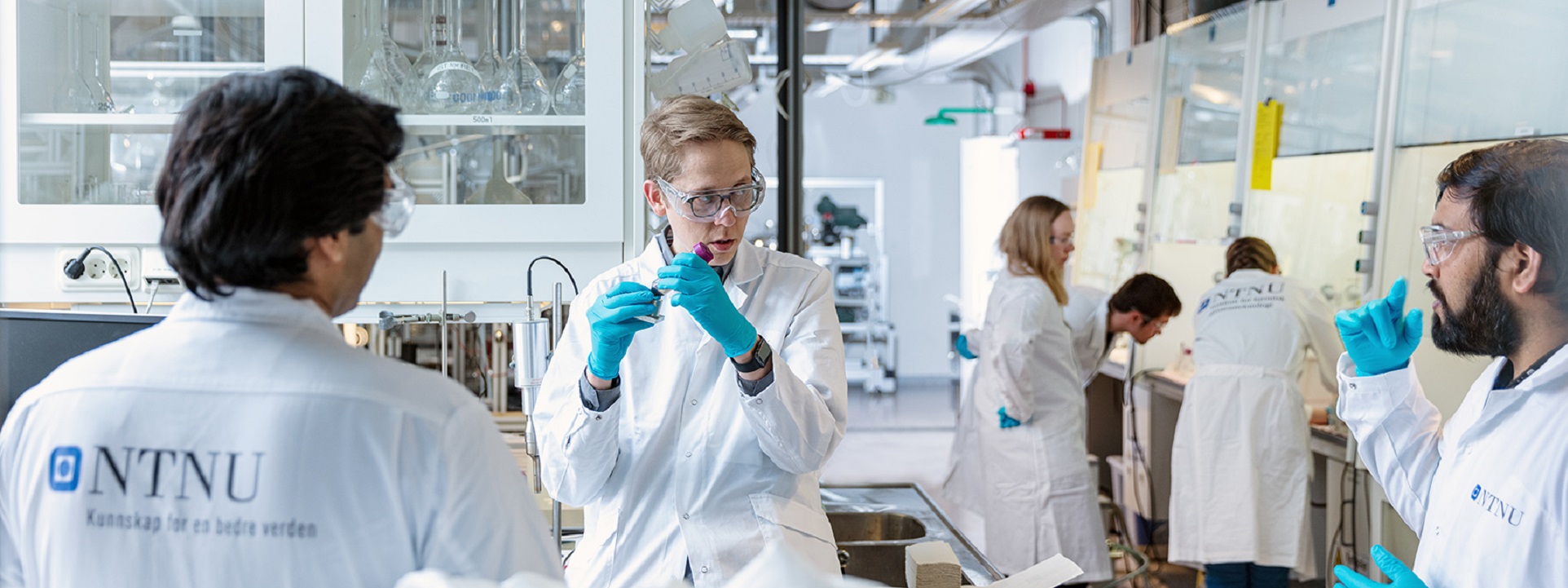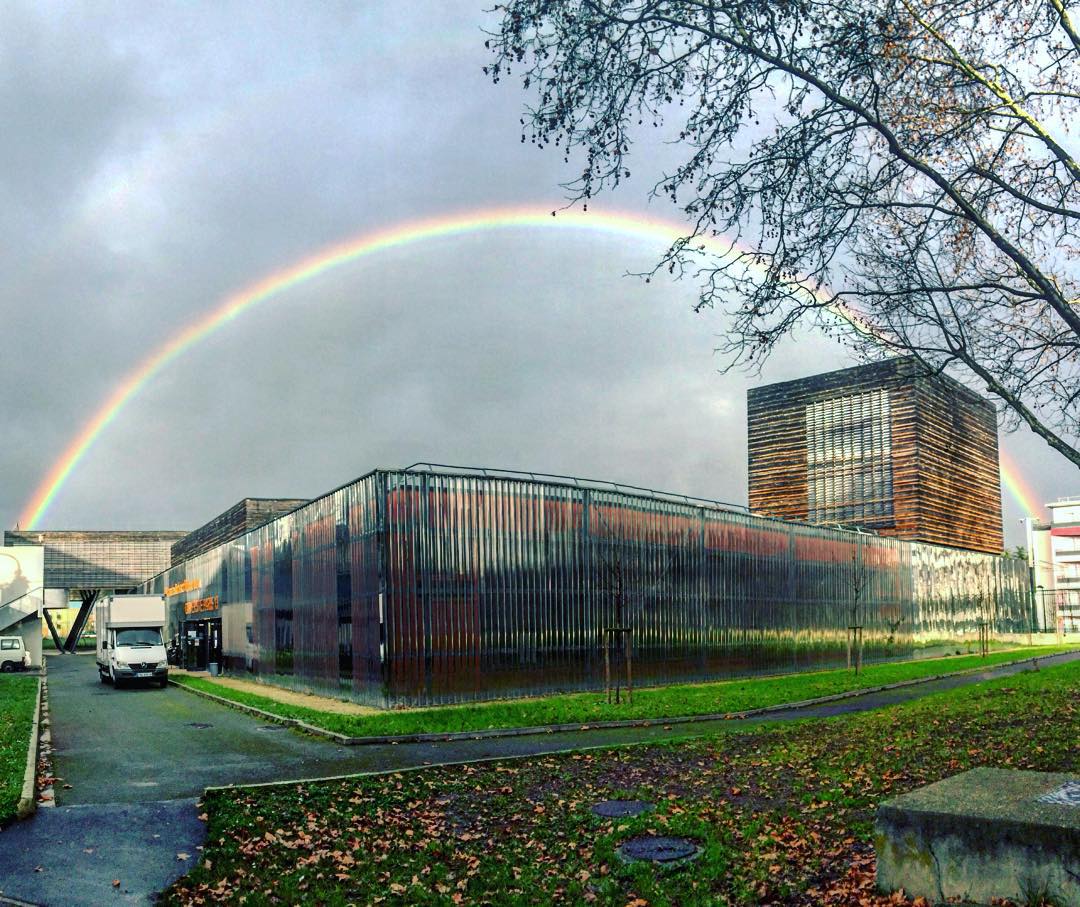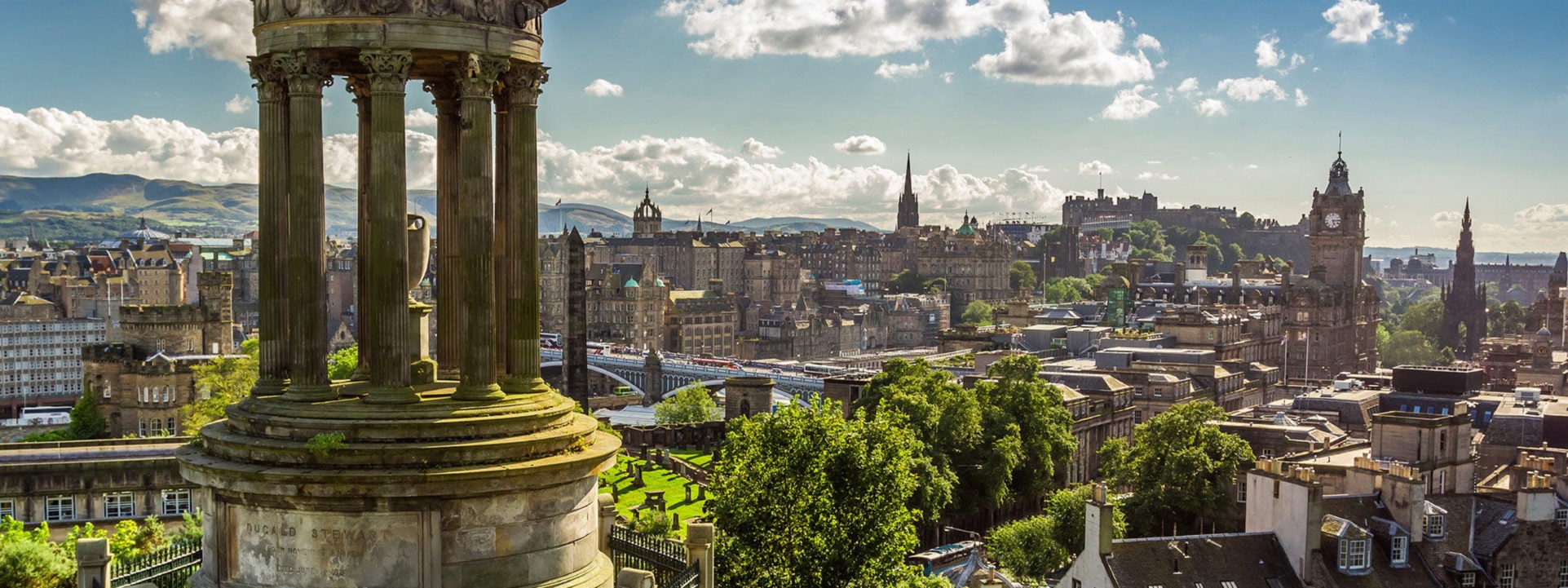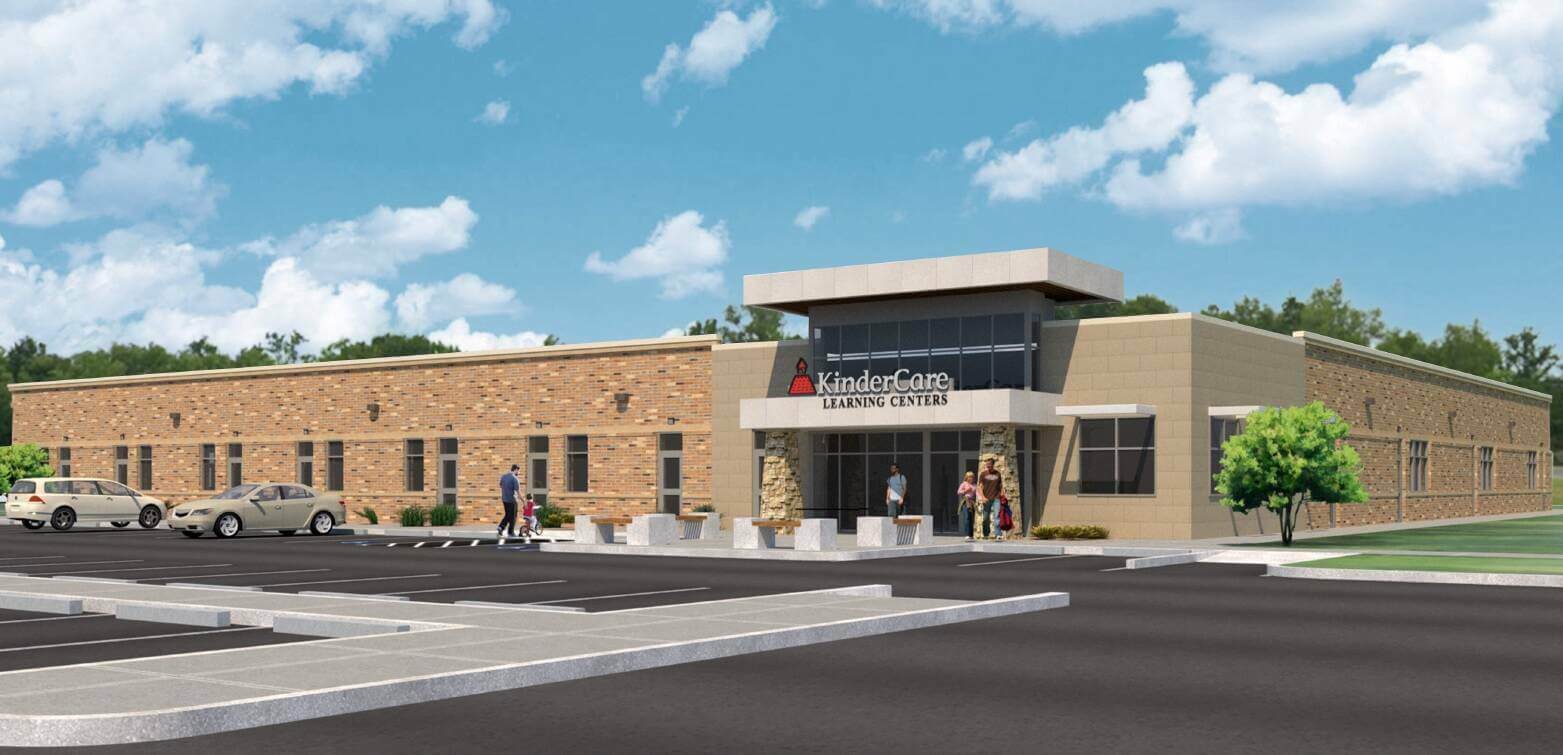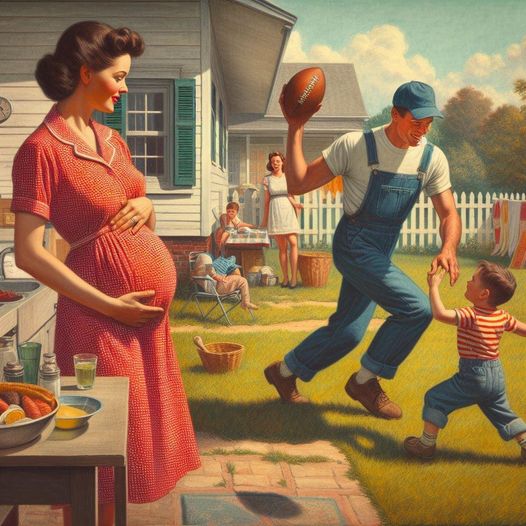The International Plumbing Code (IPC) is developed to harmonize with the full span of ICC’s family of building codes. The IPC sets minimum regulations for plumbing systems and components to protect life, health and safety of building occupants and the public. The IPC is available for adoption by jurisdictions ranging from states to towns, and is currently adopted on the state or local level in 35 states in the U.S, the District of Columbia, Guam, and Puerto Rico.
CLICK HERE for the 2021 Public Access Edition
The IPC is developed in the ICC Group A Code development framework and concluded its revision cycle in late 2021 under the circumstances of the pandemic. The 2023 International Plumbing Code revision cycle will not begin until early 2023 but it is never too soon to understand the issues from previous revision cycles to enlighten approaches to the forthcoming Group A revision cycle. The complete monograph of the Group A Codes is linked below, with comments on IPC proposals starting on Page 1417 of this 1613 page document:
2021 IPC | Group A Public Comment Monograph
Because transgender issues are on the agenda of many facility managers we direct you to Page 1424 of the rather large document linked above.
As always, we persist in encouraging education industry facility managers (especially those with operations and maintenance data) to participate in the ICC code development process. You may do so by CLICKING HERE.
Real asset managers for school districts, colleges, universities and technical schools in the Las Vegas region should take advantage of the opportunity to observe the ICC code-development process during the upcoming ICC Annual Conference in Las Vegas, October 20-23 during which time the Group B c Public Comment Hearings will take place. Even though the IPC has moved farther along the ICC code development process it is still enlightening to observe how it work. The Group B Hearings are usually webcast — and we will signal the link to the webcast when it becomes available — but the experience of seeing how building codes are determined is enlightening when you can watch it live and on site.
Issue: [16-133]
Category: Plumbing, Water, Mechanical
Colleagues: Eric Albert, Richard Robben, Larry Spielvogel
#StandardsNewMexico
LEARN MORE:
Neutral Public Bathroom Design
— Leslie (@Hopeleslie1234) August 10, 2024



